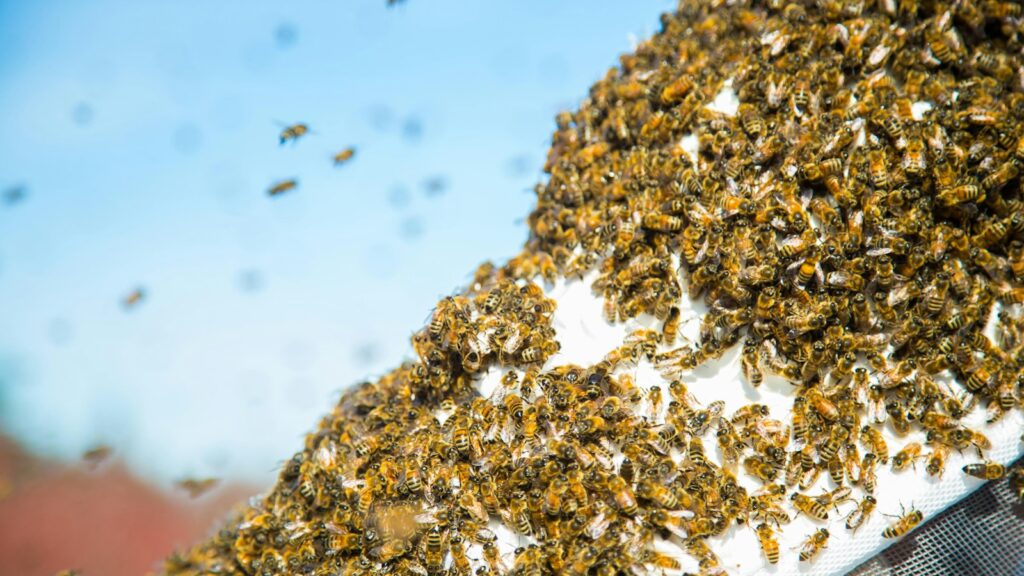
The natural world has a remarkable ability to astonish us with demonstrations of collective behavior on an almost unimaginable scale. Among these phenomena, insect swarms stand as some of the most spectacular and occasionally terrifying biological events humans have ever witnessed. These massive gatherings of insects, sometimes numbering in the trillions, transform individual creatures into superorganisms that darken skies, devour landscapes, and remind us of nature’s overwhelming power. From biblical plagues to modern ecological catastrophes, massive insect swarms have shaped human history, agriculture, and culture. This article explores the largest insect swarms ever documented, examining their causes, impacts, and the scientific understanding behind these extraordinary biological events.
The Desert Locust Plague of 2020: Africa’s Modern Catastrophe
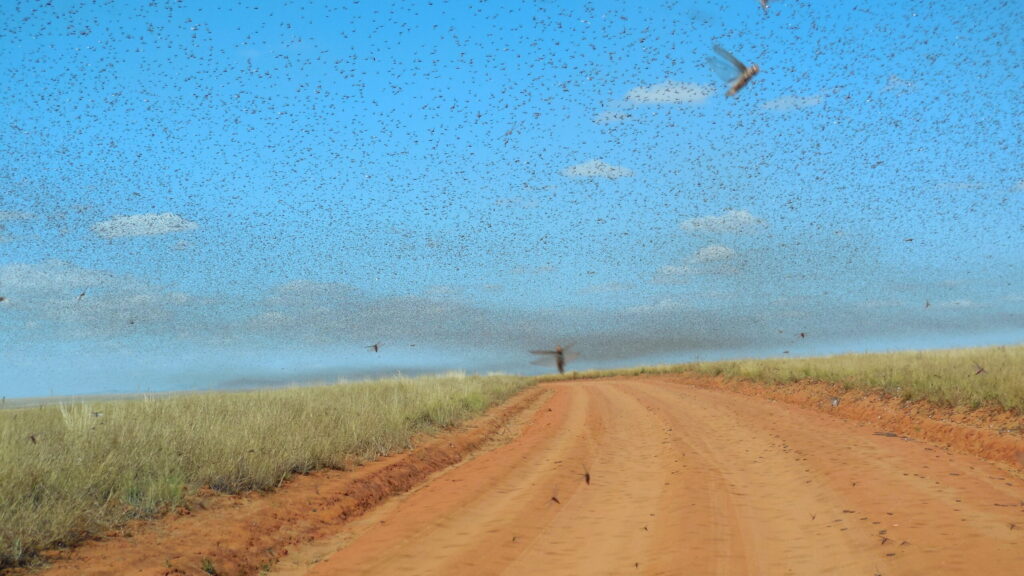
In late 2019 and throughout 2020, East Africa experienced what many experts consider the most devastating locust swarm of modern times. Unusually heavy rainfall, influenced by climate change patterns, created perfect breeding conditions for desert locusts across the Horn of Africa, Arabian Peninsula, and Southwest Asia. At its peak, the swarm covered over 2,400 square kilometers and contained an estimated 200 billion insects, with a single square kilometer holding up to 80 million locusts. These insects consumed approximately their own weight in vegetation daily, destroying crops across Ethiopia, Kenya, Somalia, and neighboring countries, threatening the food security of over 25 million people already struggling with drought and conflict. The UN Food and Agriculture Organization called it the worst outbreak in 70 years, demonstrating how climate change can amplify natural phenomena into humanitarian disasters.
The Great Mormon Cricket Migration of 1848
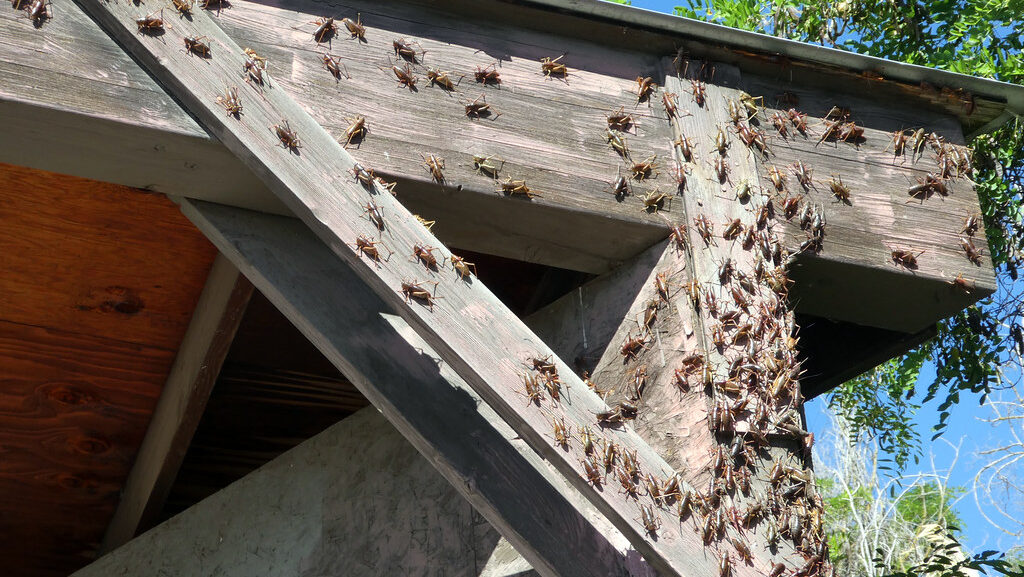
One of the most famous insect swarms in American history occurred in 1848 when Mormon pioneers in Utah faced what seemed like biblical retribution in the form of Mormon crickets (which are actually flightless katydids, not true crickets). These insects descended upon the settlers’ first crops in the Salt Lake Valley in unfathomable numbers, threatening to destroy their entire harvest and potentially doom the settlement to starvation. Historical accounts describe the ground moving like a black, undulating carpet as millions of crickets advanced across the landscape, devouring every green plant in their path. The event gained legendary status when seagulls miraculously appeared and began devouring the crickets, an occurrence Mormons refer to as the “Miracle of the Gulls.” While certainly embellished in retelling, scientific records confirm that extraordinarily large populations of Mormon crickets did threaten early Utah settlements, with swarms sometimes stretching over 10 miles in length.
The Rocky Mountain Locust Swarm of 1875
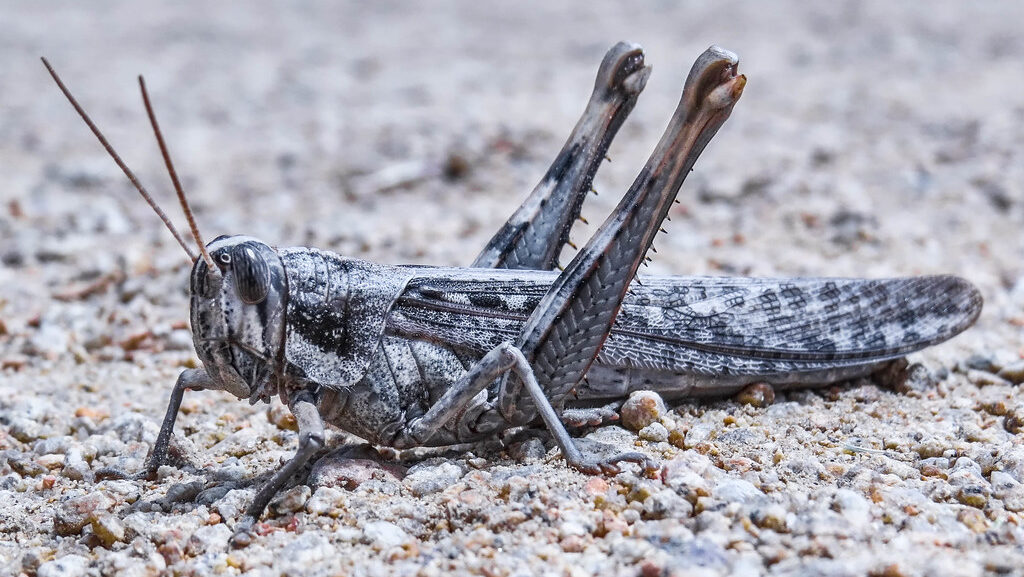
Perhaps the largest insect swarm ever scientifically documented in North America was the Rocky Mountain locust outbreak of 1875. This swarm covered approximately 198,000 square miles—an area larger than the entire state of California—and is estimated to have contained 12.5 trillion insects with a total weight exceeding 27 million tons. Contemporary accounts describe the sky darkening at midday as locusts blocked the sun, creating what witnesses called a “moving blizzard” that could completely strip fields in hours. The devastation was so severe that many settlers abandoned their homesteads, and the federal government was forced to provide emergency relief to affected areas throughout the Great Plains. Remarkably, despite their incredible numbers, the Rocky Mountain locust went extinct approximately 30 years later due to agricultural expansion that destroyed their breeding grounds, making this not only the largest documented insect swarm in North America but also one of the most dramatic extinction events in modern entomological history.
The Australian Plague Locust Outbreak of 2010
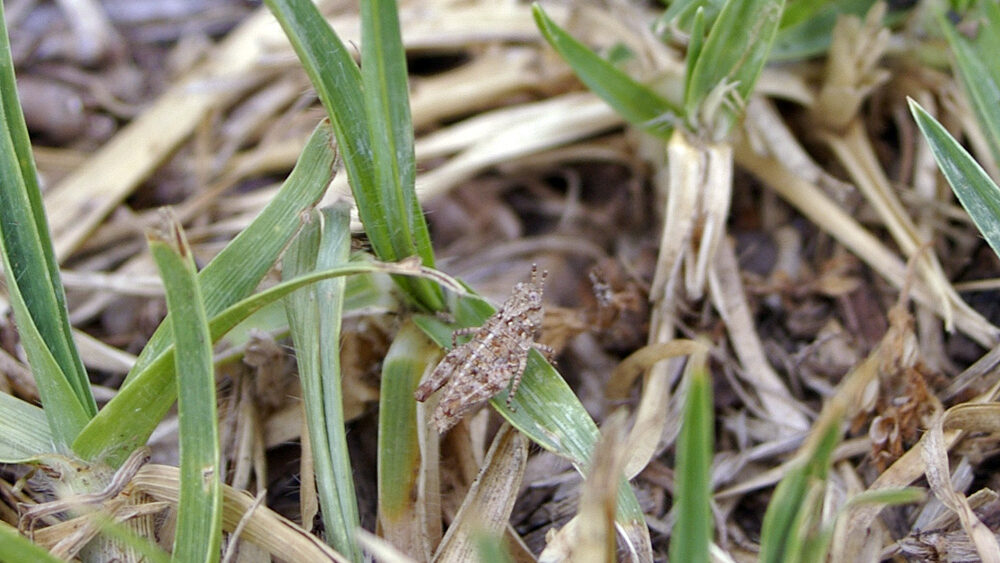
Australia has experienced its share of massive insect swarms, but the 2010 plague locust outbreak stands as particularly notable for its scale and economic impact. Following unusually wet conditions across eastern Australia, perfect breeding conditions emerged for the Australian plague locust, resulting in swarms that covered thousands of square kilometers across Queensland, New South Wales, Victoria, and South Australia. Individual swarms contained billions of insects, with densities reaching 10,000 per square meter in some locations. The Australian government spent over $50 million on control measures, including aerial spraying of more than 1.5 million hectares of land. Despite these efforts, agricultural losses exceeded $2 billion as locusts decimated grain crops, pastures, and orchards. Scientists noted that this outbreak demonstrated how even modern agricultural systems with advanced warning systems remain vulnerable to these ancient biological phenomena.
The Lake Victoria Mayfly Emergence
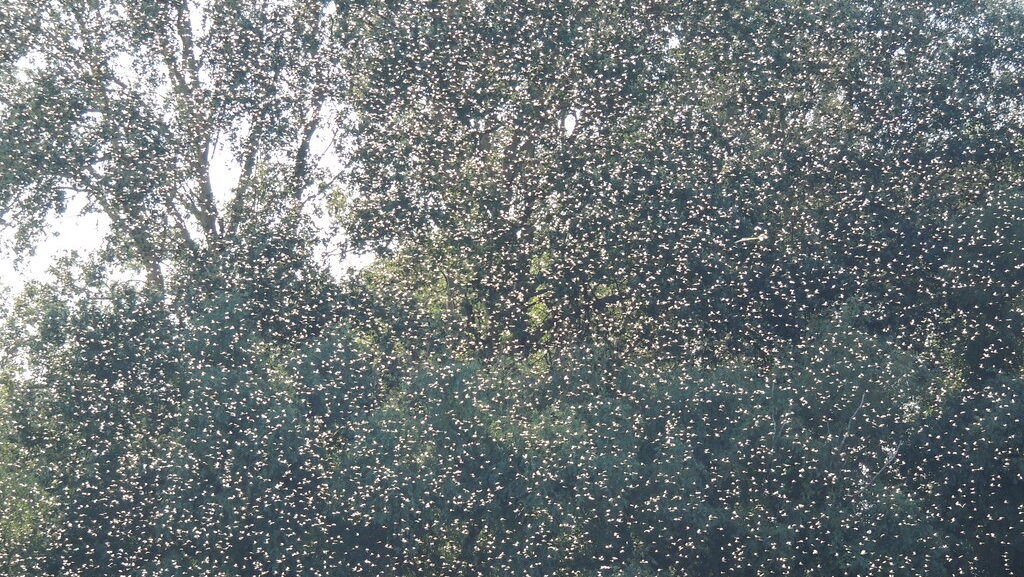
Not all massive insect swarms are destructive—some represent spectacular natural phenomena that play important ecological roles. The annual mayfly emergence on Lake Victoria, Africa’s largest lake, represents possibly the largest synchronized insect emergence on Earth. Each year, typically following the rainy season, trillions of mayflies simultaneously emerge from their aquatic larval stage to mate in a breathtaking display that can be seen from space as dark clouds over the lake. The biomass of these emergences has been estimated at over 4,500 tons of insects appearing within just a few hours. These mayflies provide a critical food pulse for birds, bats, and fish, transferring nutrients from aquatic to terrestrial ecosystems. Local fishermen have traditionally used these emergences as indicators of lake health, with reduced mayfly populations signaling potential ecological problems. Recent research has used satellite imagery to track these emergences as bioindicators of water quality changes in this vital African ecosystem.
The Biblical Plague of Locusts
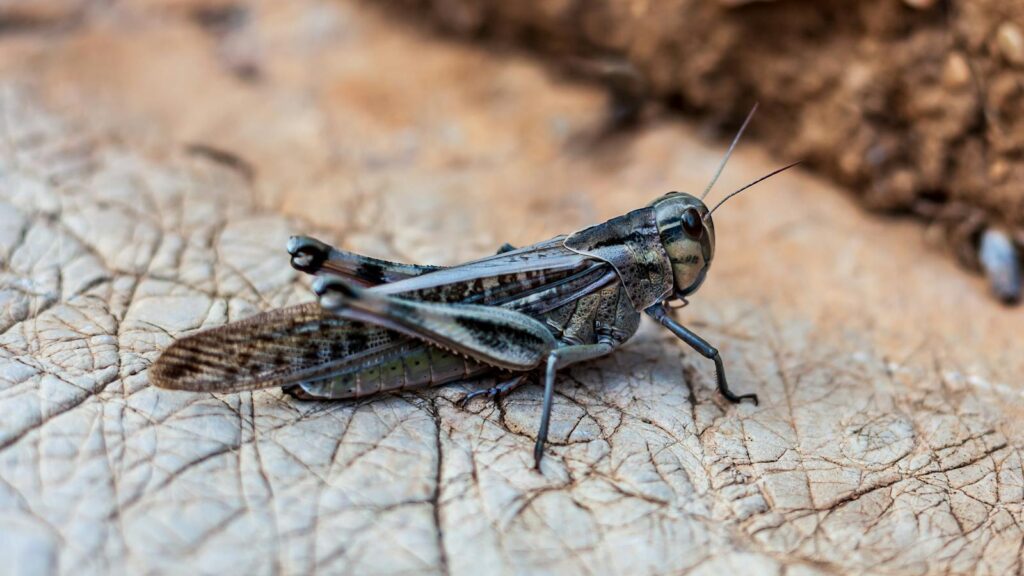
The Exodus account of locusts as the eighth plague of Egypt represents perhaps the most famous description of a massive insect swarm in human cultural history. While impossible to verify scientifically, archaeological and historical evidence suggests the biblical account likely described a real desert locust outbreak similar to those that still occur in North Africa and the Middle East today. Ancient Egyptian texts dating from 2200 BCE mention similar devastating locust swarms, indicating these were recurring natural phenomena in the region. Modern entomologists studying desert locust behavior have confirmed that under ideal conditions, locusts can indeed produce swarms that match biblical descriptions of insects darkening the sky and stripping vegetation completely from the landscape. The cultural impact of this account has been profound, with locust swarms becoming synonymous with divine punishment and ecological catastrophe across multiple religious traditions and cementing these insects in human consciousness as symbols of overwhelming natural disaster.
The Mysterious Disappearance of Monarch Butterfly Swarms
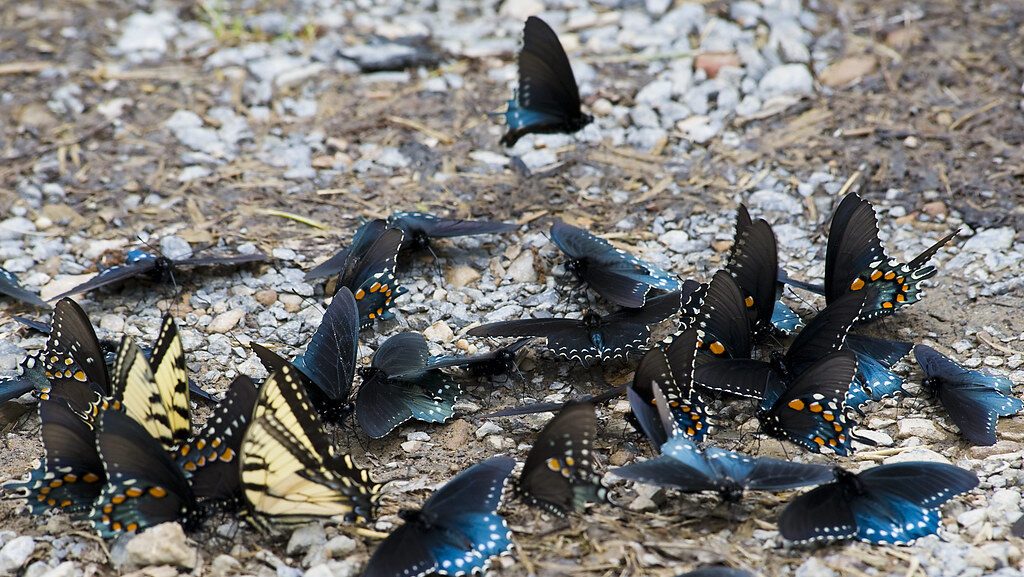
While most massive insect swarms draw attention for their destructive potential, the gradual disappearance of one of nature’s most magnificent insect aggregations represents a different kind of ecological crisis. The monarch butterfly migration across North America once constituted one of the planet’s most spectacular insect gatherings, with billions of butterflies traveling up to 3,000 miles to create winter aggregations so dense they would break tree branches in Mexican forests. At their peak in the 1980s and 1990s, monarch overwintering colonies covered up to 45 acres of forest. However, by 2020, this had declined by over 80%, with colonies covering just 7 acres at most. This dramatic reduction represents the largest documented decline of an insect swarm in human history. Scientists attribute this collapse to habitat destruction, agricultural pesticides, climate change, and deforestation at overwintering sites, transforming what was once an awe-inspiring biological phenomenon into a stark warning about biodiversity loss.
The Science Behind Locust Phase Transformation

The most massive insect swarms ever witnessed typically involve locusts, which represent one of the most remarkable examples of phenotypic plasticity in the animal kingdom. Desert locusts, for example, exist in two dramatically different forms—a solitary phase where individuals avoid one another and a gregarious phase where they actively seek each other out. The transformation between these phases, triggered by physical contact and serotonin releases in the insect’s nervous system, represents one of entomology’s most fascinating discoveries. When environmental conditions create optimal breeding situations, locusts can complete this transformation in just a few hours, changing not only their behavior but also their coloration, metabolism, and reproductive capacity. Research published in 2020 identified specific genes and epigenetic factors involved in this remarkable transformation, helping scientists better understand how relatively harmless grasshoppers can transform into the components of history’s most devastating insect swarms.
The Argentine Ant Supercolony: The Largest Cooperative Insect Structure
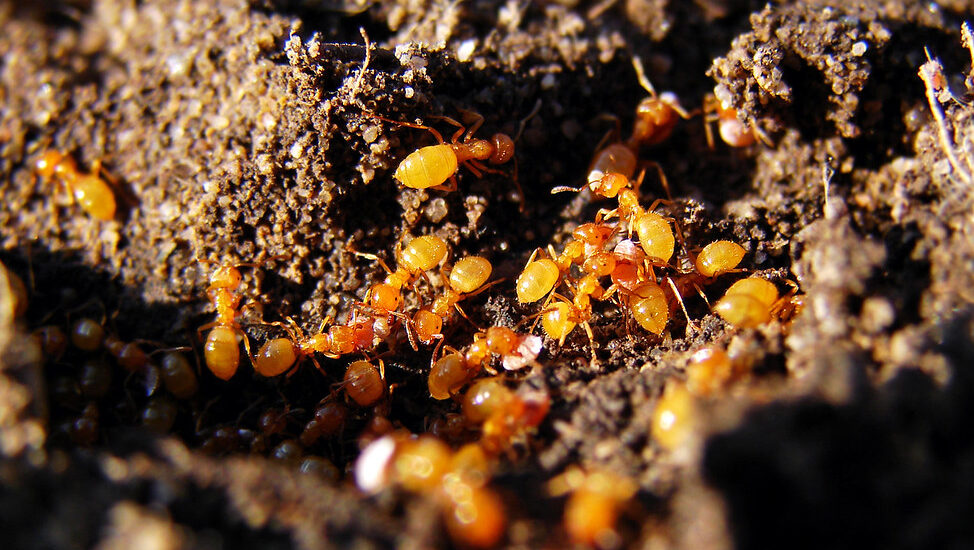
While most massive insect swarms are temporary phenomena, the Argentine ant has created what may be the largest cooperative insect structure ever documented—a supercolony stretching over 6,000 kilometers along the Mediterranean coast of Europe. This massive aggregation functions as a single social unit containing billions of workers and millions of queens that cooperate rather than compete. Genetic studies have confirmed that ants from Italy to Portugal recognize each other as nestmates, creating what scientists have called the largest cooperative animal group ever discovered. Unlike dramatic locust swarms that appear suddenly, this “slow swarm” has gradually expanded over decades through human-mediated transport. The ecological impact has been devastating to native ant species, with the Argentine ant eliminating approximately 90% of native ant biodiversity in areas it invades. This supercolony demonstrates how human activity can inadvertently create biological phenomena that would be impossible under natural conditions.
The Periodical Cicada Emergence: America’s Largest Native Insect Swarm
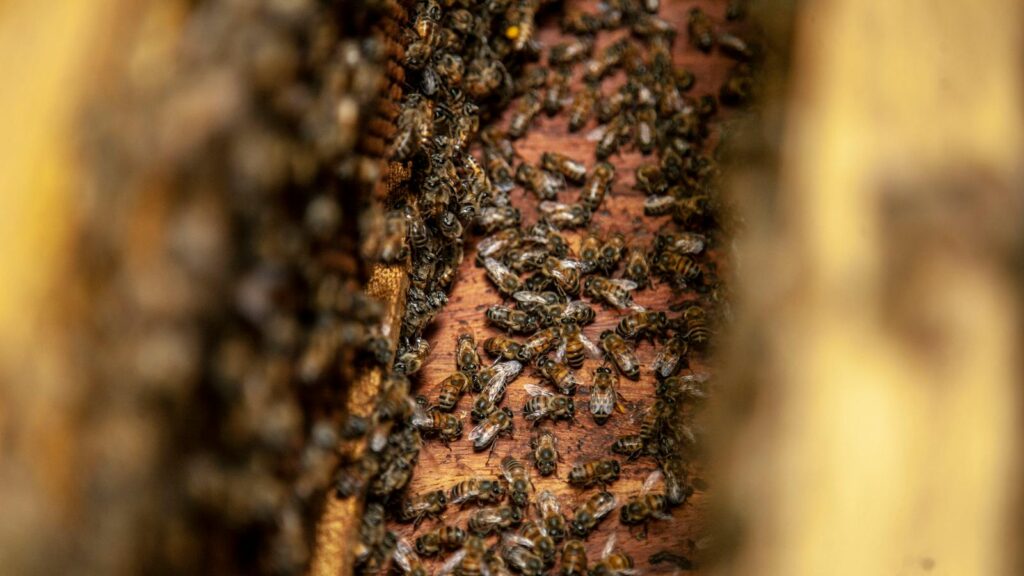
The emergence of periodical cicadas in eastern North America represents the largest synchronized insect event in the temperate world and one of nature’s most precisely timed biological phenomena. When Brood X emerged in 2021, an estimated 1.5 trillion cicadas simultaneously appeared across 15 states after spending 17 years underground. At peak emergence, densities exceeded 1.5 million cicadas per acre in some locations, creating what entomologists describe as the highest concentration of biomass of any non-social insect in the natural world. These emergences produce such overwhelming numbers that predators become satiated, ensuring enough cicadas survive to reproduce—a strategy known as predator satiation. The collective sound produced during these emergences can exceed 100 decibels, making cicada choruses among the loudest natural sounds on the continent. Unlike destructive swarms, these spectacular emergences cause minimal ecological damage while providing massive nutrient pulses to forest ecosystems.
Modern Technology and Swarm Prediction
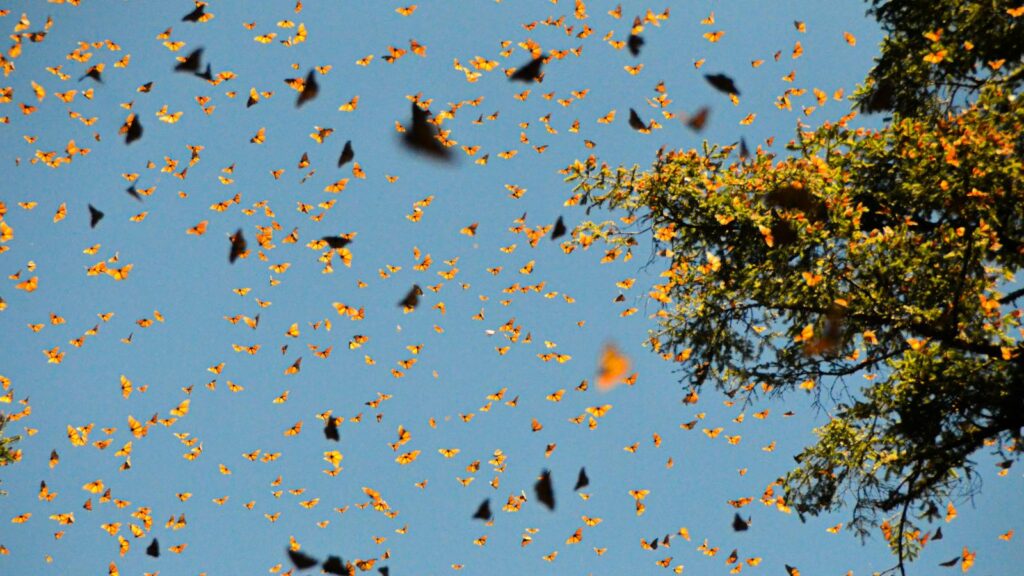
The development of sophisticated monitoring and prediction technologies has revolutionized humanity’s ability to anticipate and respond to massive insect swarms. The UN Food and Agriculture Organization now operates a Desert Locust Watch system that combines satellite imagery, weather data, and ground observations to track environmental conditions favorable for locust breeding. Machine learning algorithms can now analyze vegetation patterns and soil moisture to predict outbreaks up to three months in advance. Drones equipped with specialized sensors can detect early gregarious phase locusts before visible swarms form, allowing for targeted intervention at critical stages. These technological advances have dramatically improved response capabilities since the 2020 East African locust crisis, when prediction systems successfully identified 80% of eventual outbreak areas but implementation challenges prevented effective early intervention. The development of these systems represents humanity’s most sophisticated attempt to understand and manage one of nature’s most overwhelming biological phenomena.
Climate Change and the Future of Insect Swarms

Climate change is significantly altering the frequency, intensity, and distribution of massive insect swarms worldwide, creating new ecological challenges unprecedented in human history. Rising temperatures are expanding the potential range of many swarming species while also accelerating their reproduction rates and metabolic processes. For desert locusts, climate change is increasing the frequency of the cyclones and unusual rainfall patterns that create optimal breeding conditions, with some models predicting a 25% increase in suitable outbreak conditions by 2050. Simultaneously, climate disruption is causing collapse in other insect populations that once formed impressive aggregations, such as the Rocky Mountain grasshoppers that once blackened skies across the American West. Perhaps most concerning, warming temperatures are disrupting the synchronization mechanisms that govern periodic emergences of cicadas, mayflies, and other insects that rely on precise environmental cues. These changes suggest that while some destructive swarms may intensify in coming decades, beneficial insect aggregations crucial to ecosystem function may simultaneously decline.

The largest insect swarms ever witnessed by humans offer profound insights into both natural systems and human vulnerability. These extraordinary biological events—whether devastating locust plagues devouring landscapes or beneficial emergences that nourish ecosystems—represent nature operating at scales that still challenge our comprehension and management capabilities. As climate change alters the frequency and intensity of these phenomena, our scientific understanding of swarm dynamics becomes increasingly crucial. The history of human encounters with massive insect aggregations reflects our evolving relationship with the natural world: from biblical punishment to ecological indicator, from agricultural catastrophe to biodiversity treasure. By studying these remarkable events, we gain not only entomological knowledge but also perspective on humanity’s place within Earth’s complex and sometimes overwhelming biological systems.
